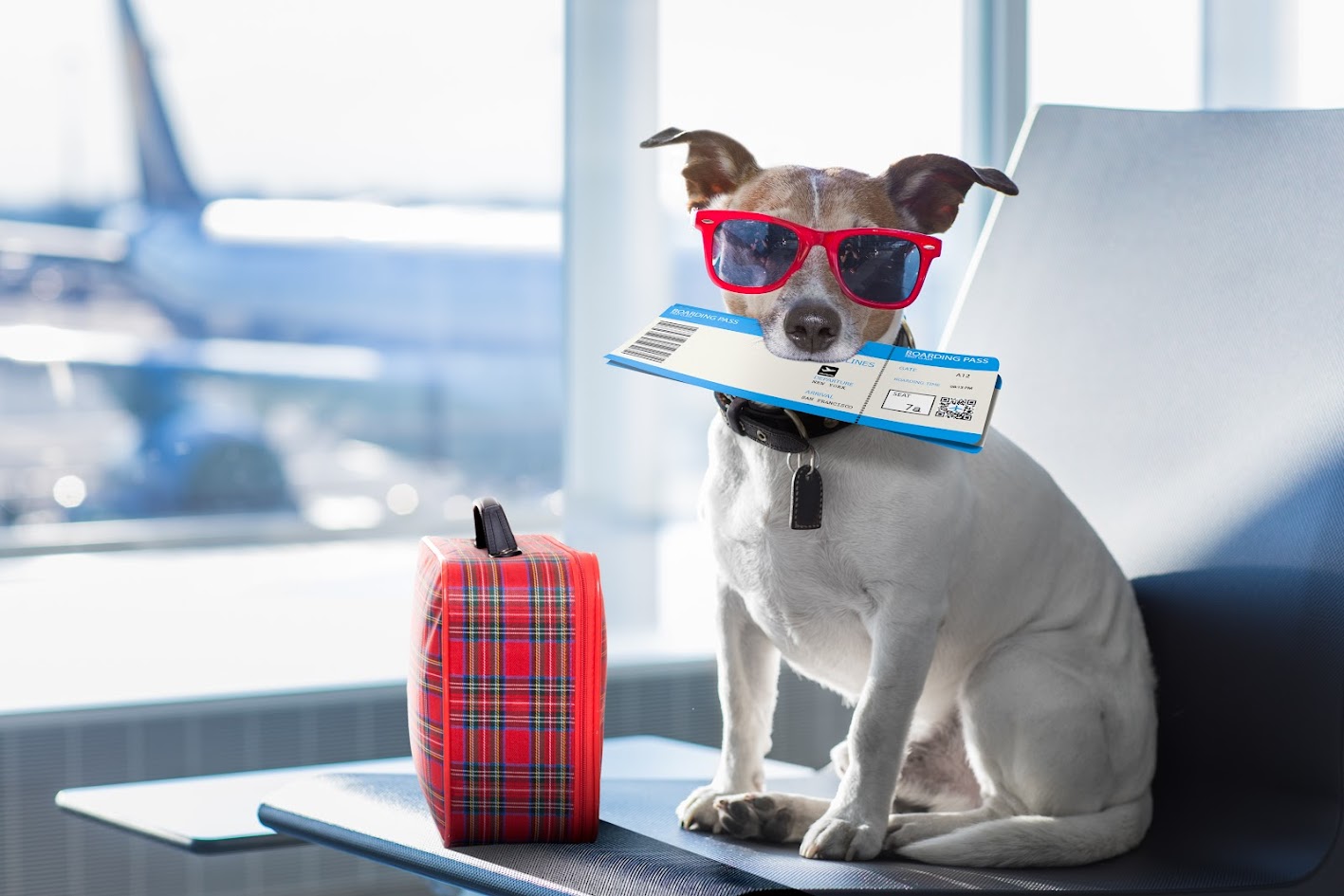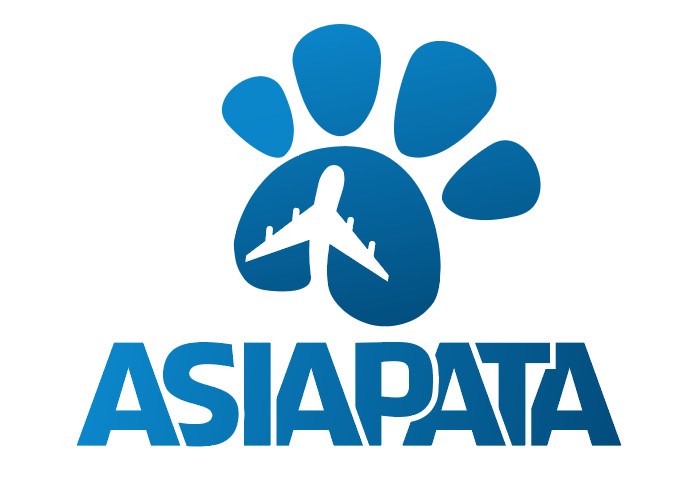Regulations for Air Transporting Pets from the Philippines to Vietnam
Transporting pets by air between the Philippines and Vietnam requires careful preparation and a good understanding of regulations. Airlines and government agencies have strict rules to ensure the safety and comfort of animals during the journey. This guide explains the key requirements, from health checks to travel crates, so pet owners can prepare confidently.
Understanding the Legal Requirements
When flying pets internationally, both the departure and destination countries have legal requirements. Vietnam requires import permits, vaccination records, and compliance with animal health standards. The Philippines has its own export requirements to ensure animals leave the country in good condition.
It is important to research these rules early. Some documents may take days or weeks to prepare. Airlines may also have their own additional regulations, so double-check with the carrier before booking.

Health Certificates and Vaccinations
A valid health certificate issued by a licensed veterinarian is mandatory. This certificate confirms that the pet is healthy, free from contagious diseases, and fit to travel. The document is usually valid for only a short period, often 7–10 days before departure.
Rabies vaccination is also required. The vaccination should be administered at least 30 days before travel but not more than 12 months before the flight. Additional vaccines may be necessary depending on the airline and Vietnam’s import policy.
Microchip Identification
Many airlines and authorities require pets to be microchipped for identification. The microchip should meet ISO 11784 or 11785 standards. Ensure that the microchip is scanned and verified by the veterinarian during the health check.
If your pet does not already have a microchip, arrange for implantation well in advance of the flight to allow healing and proper registration of the chip number.
Import Permits for Vietnam
An import permit is required to bring pets into Vietnam. Pet owners can apply through the Department of Animal Health in Vietnam. This process may require submitting health records, vaccination proof, and microchip details.
The approval process can take several working days, so plan ahead. Without a valid permit, the pet may be denied entry or quarantined upon arrival.
Choosing the Right Travel Crate
A proper travel crate is essential for the safety and comfort of pets during the flight. The crate must meet International Air Transport Association (IATA) standards. These standards include size, ventilation, security, and materials.
The crate should allow the pet to stand, turn around, and lie down comfortably. Label the crate with the pet’s name, owner’s contact information, and handling instructions.
Booking with Pet-Friendly Airlines
Not all airlines accept pets on international routes. Some may have restrictions based on breed, size, or season. For example, certain short-nosed dog breeds may not be accepted due to breathing issues in flight.
Always book in advance and inform the airline about the pet’s details. Some airlines offer in-cabin travel for small pets, while larger animals may need to travel in the cargo hold.
Pre-Flight Preparation
Before the flight, give your pet time to get used to the crate. Place familiar bedding or toys inside to reduce stress. Avoid feeding large meals within a few hours of departure to prevent motion sickness.
Make sure all documents are in order. Keep copies of health certificates, vaccination records, and permits in an accessible folder.
Arrival in Vietnam
Upon arrival, pets may undergo inspection by quarantine officers. They will check documents, microchip details, and the animal’s health. If everything meets the requirements, the pet will be cleared for entry.
If there are discrepancies or missing documents, the pet may be quarantined for observation. This can cause delays and additional costs.
Tips for a Smooth Journey
-
Start preparing at least one month in advance.
-
Choose flights with minimal layovers to reduce stress.
-
Keep your vet’s contact details handy in case of last-minute issues.
-
Check weather conditions, as some airlines have seasonal restrictions for pet transport.
Conclusion
Transporting pets from the Philippines to Vietnam by air involves careful planning and strict compliance with regulations. By understanding health requirements, securing permits, and choosing the right airline, you can ensure your pet’s journey is safe and stress-free.
Read more:














